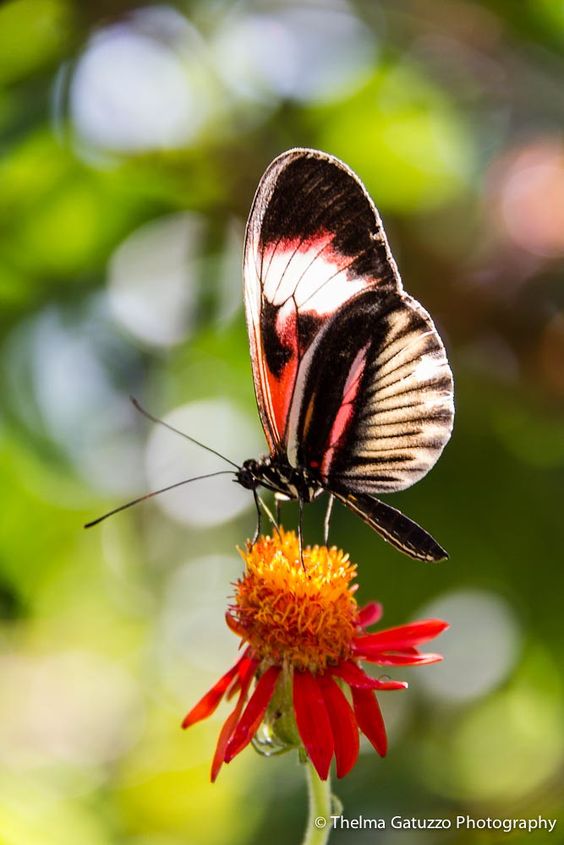Heliconius melpomene is a breathtakingly beautiful butterfly belonging to the family Nymphalidae. It is mainly found in Central and South America. The scientific name “melpomene” is derived from Greek mythology, referring to one of the muses, specifically the muse of tragedy.

This butterfly is famous for its bright and striking color patterns, which vary between different populations and regions. The wings of Heliconius melpomene display a mesmerizing combination of black, orange, yellow and white, creating a stunning visual effect. These complex color patterns act as a natural defense mechanism, deterring potential predators by mimicking toxic or unpleasant species.

What makes Heliconius melpomene truly spectacular is its incredible diversity. There are many subspecies and color morphs of this butterfly, each with its own unique beauty. The variation in wing shape and color between individuals is astonishing, demonstrating the endless creativity of nature.

In addition to its aesthetic appeal, Heliconius melpomene also plays an important role in scientific research. It has been widely studied for its fascinating evolutionary adaptations, especially related to mimicry and speciation. Researchers have been attracted by the possibility of hybridization with closely related species, leading to the emergence of new forms and the discovery of genetic diversity.

Furthermore, the ecological significance of Heliconius melpomene cannot be ignored. It acts as a pollinator, contributing to the reproduction and survival of various plant species in its habitat. By transferring pollen from flower to flower, this butterfly plays an important role in maintaining the balance of the ecosystem and promoting biodiversity.
In short, Heliconius melpomene is a truly spectacular butterfly, captivating observers with its vibrant colors and intricate wing patterns. Its beauty not only serves as a visual spectacle but also inspires scientific exploration of the wonders of evolution and biodiversity.





